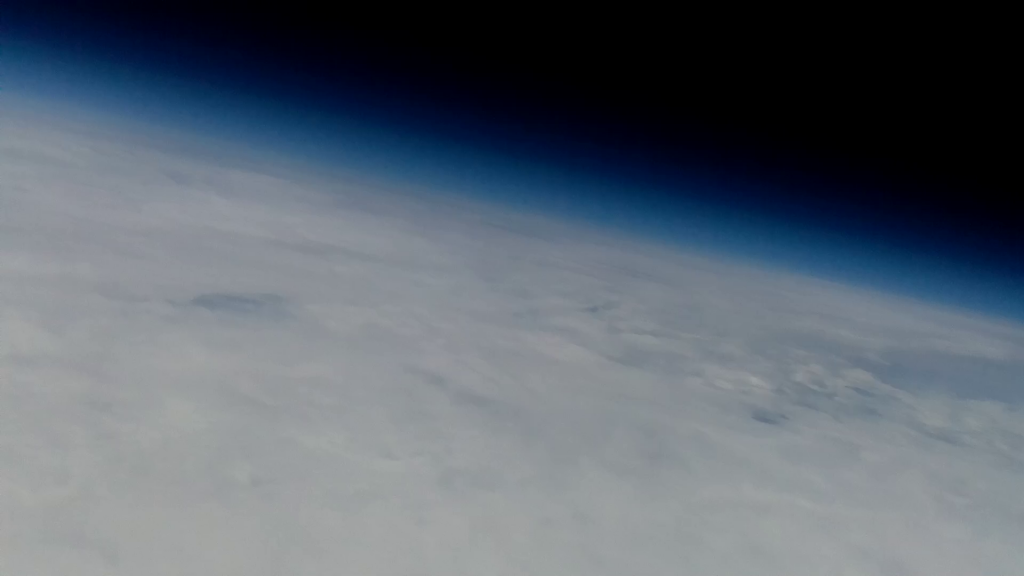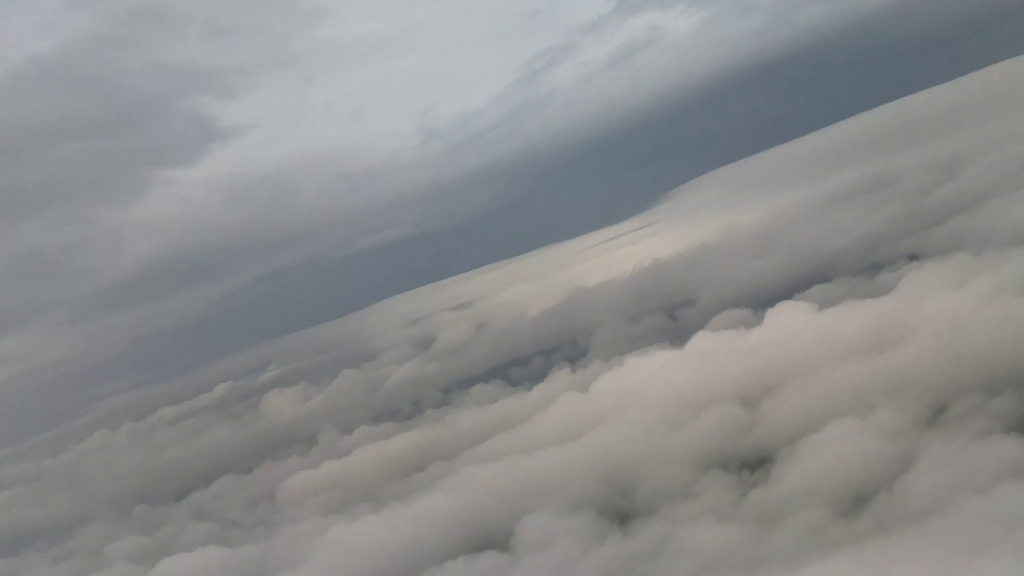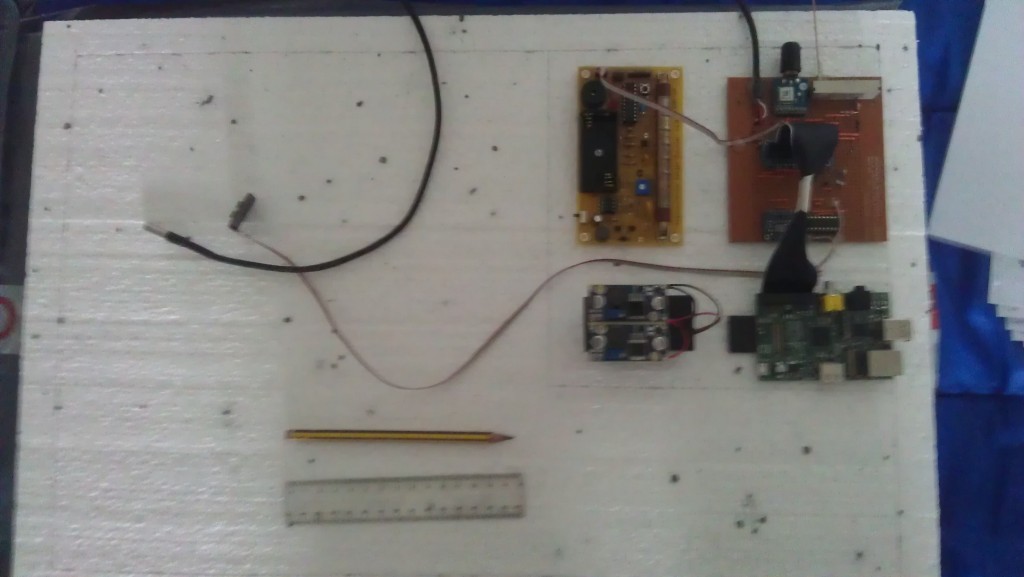| We’ve been very keen to see schools set up high altitude ballooning (HAB) projects with the Pi. HAB is a stupendously rewarding and challenging way to get some really good cross-curricular work done, requiring skills in maths, computing, physics, geography and chemistry. So we were super-chuffed to get this email from Samuel Bancroft, a school student from Cumbria. The team also sent me some really excellent video from the flight, which you’ll find at the bottom of the post. Hi Liz I’m writing to you to see if you would be interested in writing an article about a sixth-form student high altitude balloon project that was launched on Friday the 28th June. The project was completed by three students from William Howard School, Cumbria. We are Jake Greenwood(16), Samuel Bancroft(17) and Ben Bancroft(17). We all are currently doing our A-Levels. The project started when we all came together with the idea of launching our own weather balloon, to gather scientific data. We got our inspiration from our passion for Physics, and by other launches that has been completed by other people, such as Dave Akerman, the first to launch a Raspberry Pi on a high altitude balloon. We started by seeing how feasible the project would be, by planning out how we would complete it, and pricing it up. We then went to our school, and in turn the Ogden Trust, to look to secure funding. The project was funded by a Royal Society grant of £300, as well as bit extra which was covered between us. My brother Ben, was responsible for the electronics, and the programming of the flight computer (we used a Raspberry Pi for this). He designed it to continuously take readings from the sensors it carried, and send it back via a radio link. He has experience in this field, and wants to do a Computer Science degree at university, after completing his A-Levels. Both Jake and I want to do a Physics degree. The balloon was monitored live via the radio link, which was received by many receivers all across the country, and one in Europe which was 425 miles away. This was only made possible because of the UK High Altitude Society (UKHAS), as they helped track our flight which was vital. This enabled us to track the balloon in real time via its on-board GPS, as well as enabling us to get readings from its sensors throughout the flight. The balloon measured gamma rays, UV flux, temperature and pressure. It also carried a video camera. The balloon made it into near space, at a height of 31,685 metres (103,953 feet). Minimum temperature was at 11km and was -34 deg C. Something of interest is that at 800m in altitude, the Pi suffered an application crash. However Ben’s code successfully allowed the flight computer to restart and resume operations. As one of the Raspberry Pi’s main objectives is to promote computer science in schools, I believe our project serves as an excellent example of the Pi’s success. |
A Semi-automated Technology Roundup Provided by Linebaugh Public Library IT Staff | techblog.linebaugh.org
Friday, July 19, 2013
High Altitude Ballooning, sixth-form style
Subscribe to:
Post Comments (Atom)




No comments:
Post a Comment